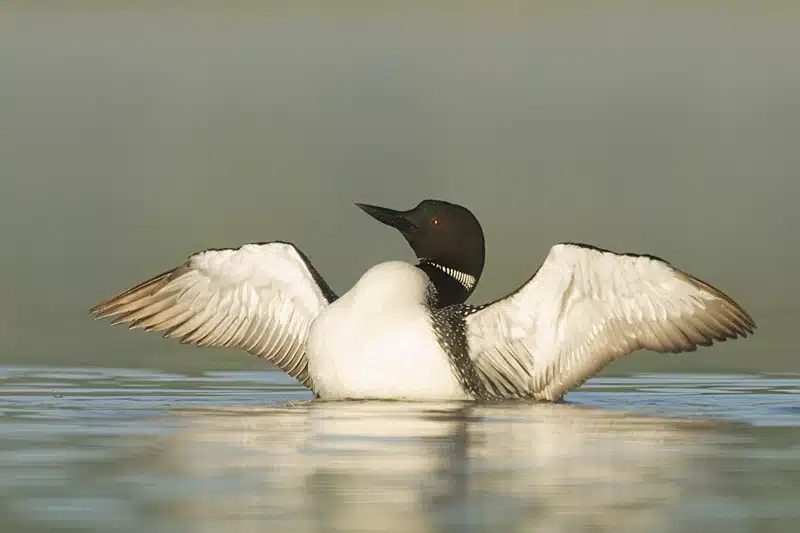After I have edited and rated the images it is time to rename and color correct. I shoot Nikon so my camera names each file with DSC and a 4 digit number ie DSC_1234. Which for many people would work fine, but if you shoot much eventually you are going to hit DSC_9999 and roll over back to DSC_0001, then you are going to have different images with the same file number. A big problem! So once I have everything edited and rated I use the batch rename function to rename each of the images. My file name system is “my name_date file was made year/month/day_4 digit number from original DSC filename” or Gettle_120113_1234.tif. This is very easy to setup using batch rename and happens with just the click of the mouse. Now since I have added the date to the file name I will never have two files with the same name. Unless I shoot 10,000 images in one day, my record is 3,700 images in ten hours so I think I’m safe. Man that was a good day!
Next up color correction, I shoot raw so it is necessary that I color correct all of my images in order to get accurate colors. It is imperative that you do your color correction on a monitor that is calibrated to display accurate colors within industry standards. This ensures that anyone viewing your image that is also on a calibrated monitor will see your images exactly as you intended them to be seen. I do all of my color correction in adobe camera raw. This is also when I will do any dust spotting that might be required. My goal is to do this once and to never have to touch the image again for color correction. Once the images are color corrected I save them as DNGs, which is Adobe’s version of a raw file. I can very easily convert these to jpegs or tiffs as needed for different purposes. As I save these color corrected images I have Adobe Camera Raw add an S. to the existing filename ie S.Gettle_120113_1234.dng, this way I know if there is an S in the file name I know it has been color corrected. I save my image files as DNGs because it is an open file format, not proprietary like all the different camera’s versions of raw. My concern is that in 25 years will I still be able to open a Nikon D300 raw file. Very likely yes, but you can never be sure.
Next week I will talk about the key to the organization of the whole system, cataloging and keywording.
Good luck and good light
Steve

